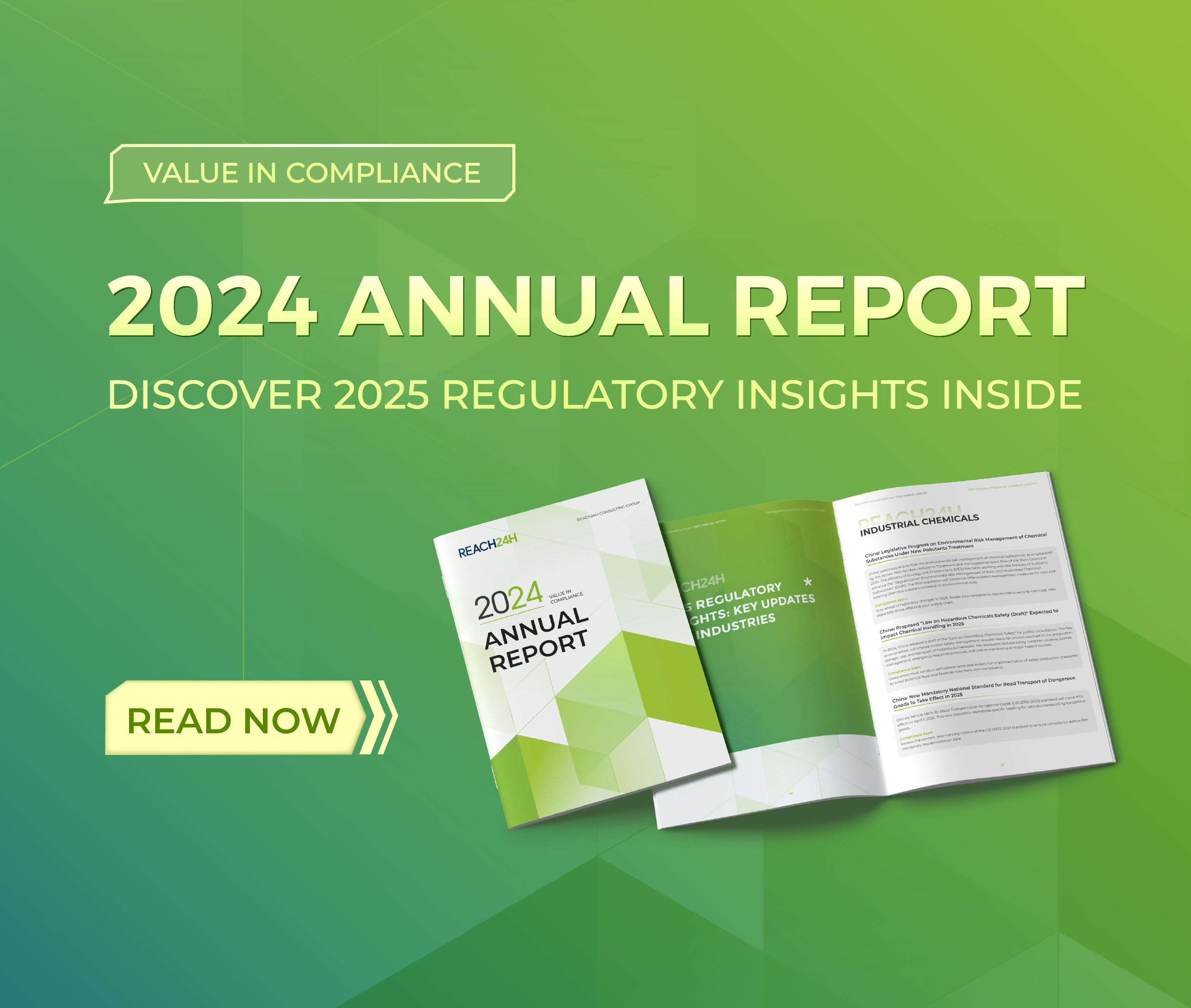Current situation and trends of biopesticide regulations in EU
Currently, there are over 200 biopesticides available in the US market, compared to the EU market of 60. The number of biopesticide active ingredients is less than the US and developing countries such as India, Brazil and China. The limited number of registered biopesticides in the EU market is related to the r complexity of EU-based pesticide regulations.
In the EU, Plant protection products (PPPs) include both conventional synthetic pesticides and biopesticides and the placing of PPPs on the market involves 2 steps according to Regulation (EU) No 1107/2009. Firstly, the active substance is evaluated and approved at EU level and will be included in a list of approved substances that are subject to renewal. Secondly, the formulated product is evaluated and authorized at Member State (MS) level, which is only possible if the active substance has been previously approved at the EU level.
Approval of active substance
To get approval of an active substance at the EU level, an applicant must select a MS that will act as the Rapporteur Member State (RMS) for the active substance. When the chosen MS agrees to do the evaluation, the applicant will send a Draft Assessment Report (DAR) to the RMS. The RMS performs a formality check within 1.5 months before starting the scientific evaluation. In case certain information is missing, a clock-stop for a maximum of 3 months is issued to the applicant to submit the missing elements. When the RMS considers the DAR as complete, the scientific evaluation of the dossier can start. The RMS has 12 months to do the scientific evaluation but can issue clock-stops for a maximum of 6 months in total in case additional information is needed from the applicant. Once the RMS has evaluated the active substance, the RMS will submit the DAR to EFSA. EFSA will circulate the DAR to the applicant and the other MSs. The other MSs have a maximum of 2 months to comment on the DAR.
EFSA will peer-review the DAR within 5 months and can issue clock-stops of maximum 3 months to the applicant. The RMS has a maximum of 2 months to evaluate the additional information requested by EFSA. EFSA will issue a scientific opinion based on the assessment of the RMS, which will be sent to the European Commission (EC). The EC has 6 months to do the risk management and issue a final review report to the Standing Committee on Plants, Animals, Food and Feed (SCoPAFF), where a final decision on whether or not to approve the active substance will be taken. The total process of getting approval for an active substance should take between 2 and 3.5 years according to the regulation. In practice, these timelines are often much longer. The first approval of an active substance is typically valid for 10 years.
Authorization of formulation
Once an active substance is approved or renewed on EU level, the formulated product containing the active substance must be authorized or renewed at MS level and the applicant should submit a draft Registration Report (dRR) to each MS where the PPP is intended to be placed on the market. The evaluation of the dRR is carried out on a zonal level in the EU. The EU is divided into three geographical zones, based on climatic conditions:
Northern zone: Denmark, Estonia, Latvia, Lithuania, Finland, Sweden
Central zone: Belgium, Czech Republic, Germany, Ireland, Luxembourg, Hungary, Netherlands, Austria, Poland, Romania, Slovenia, Slovakia, (United Kingdom)
Southern zone: Bulgaria, Greece, Spain, France, Croatia, Italy, Cyprus, Malta, Portugal
The applicant is free to decide which MS will do the zonal evaluation of the dRR in each zone where the product is planned to be marketed. If the MS agrees to do the zonal evaluation, they will function as the zonal Rapporteur Member State (zRMS). This means that, in each zone, one MS will act on behalf of the other MSs in that zone and evaluate the dossier. After the reception of the dRR, the zRMS will start with a check for the completeness of the dossier. In case the dRR is considered incomplete, the zRMS can issue a clock-stop to the applicant. Once the dossier is considered complete, the zRMS will start the scientific evaluation of the dossier. The zRMS can issue clock-stops in case additional information is needed from the applicant during the evaluation. Once the zRMS has finished their evaluation, they will circulate their decision to all other concerned Member States (cMSs) involved in the zonal evaluation. Each MS can comment on the decision of the zRMS. Once the Registration Report (RR) has been finalized, all involved MSs will individually decide on the authorization of the PPP. A MS can grant either a full authorization, an authorization restricted to some crops, or reject the authorization. The evaluation of a new product should take about 12 – 22 months and the evaluation of a product renewal should take about 6 – 9 months. In reality, these timelines are often longer.
Data requirements
The data requirements for active substances are listed in Regulation (EU) No 283/2013. Chemical active substances should comply with the data requirements in Part A of this regulation and microbial active substances should comply with the data requirements in Part B of this regulation. The data on the active substance should cover:
- Identity of the active substance;
- Physical and chemical properties of the active substance (or biological properties of the micro-organism);
- Further information on the active substance;
- Analytical methods;
- Toxicological and metabolism studies;
- Residues in or on treated products, food and feed;
- Fate and behavior in the environment;
- Ecotoxicological studies.
Current Status of Biopesticides in EU
It should be noted that biopesticides do not have a regulatory category until the pesticide categories “basic substances” and “low-risk substances” were introduced in 2017, as defined in Regulation 2017/1432, amending Regulation 1107/2009.
Basic substances are substances not primarily intended as crop protection products, but which could provide crop protection capabilities, and their approval is based on existing evaluations carried out following other EU legislations. Authorization is issued for the entire EU for an indefinite period.
Low-risk substances must fulfill the criteria listed in Annex II of Regulation 1107/2009. In contrast to conventional pesticide active ingredients, approval of low-risk substances may be granted in part based on literature data and scientific reasoned opinions.
Microbial and semiochemicals (e.g., pheromones) are assessed for compliance with low-risk criteria. The assessment of these ingredients takes only 120 days and the approval can valid for 15 years instead of 10 years and product authorization can be granted at a lower fee.
Many biological active substances (both bioderived chemicals and microbes) are well-documented, and significant parts of a dossier could comprise information from published literature, while waivers for data on residues, environmental fate, and ecotoxicology may be considered based on scientific evidence, keeping in mind that natural substances are not necessarily harmless.For groups of microorganisms having common properties, exchangeability of data could reduce registration time and facilitate the rapid introduction of biopesticides. For many biopesticides, formulation components are inert or of no toxicological concern, and risk assessment may be based on the active substance alone, and based on scientific evidence.
Opportunities Brought by Pesticide Reduction Plan
On May 20, 2020, the European Commission has proposed a plan to reduce 505 chemical pesticide uses and increase the percentage of organic farming from the current 8% to 25 by 2030.
To achieve these goals, the EU will strengthen the risk assessment of pesticides, facilitate biopesticide approvals and improve the approval process by member states. An amendment to the EU sustainable use of pesticides Directive (2009/128) encouraging promote greater use of alternatives has been planned for the first quarter of 2022 and the rules on biopesticide approval are scheduled to be revised by the end of 2021. The Commission is also considering a review of MRL for imported commodities with the EU cut-off criteria to urge third countries to reduce pesticide use.
Contact Us
REACH24H Consulting Group has a very strong technical team specialized in disinfectant/ biocide/pesticide regulatory compliance in China, Europe, the U.S., and South Korea for more than 10 years. If you have any questions about EU PPP regulation, please don’t hesitate to contact us.
Tel: +86 (0)571-87006630
Email: customer@reach24h.com


